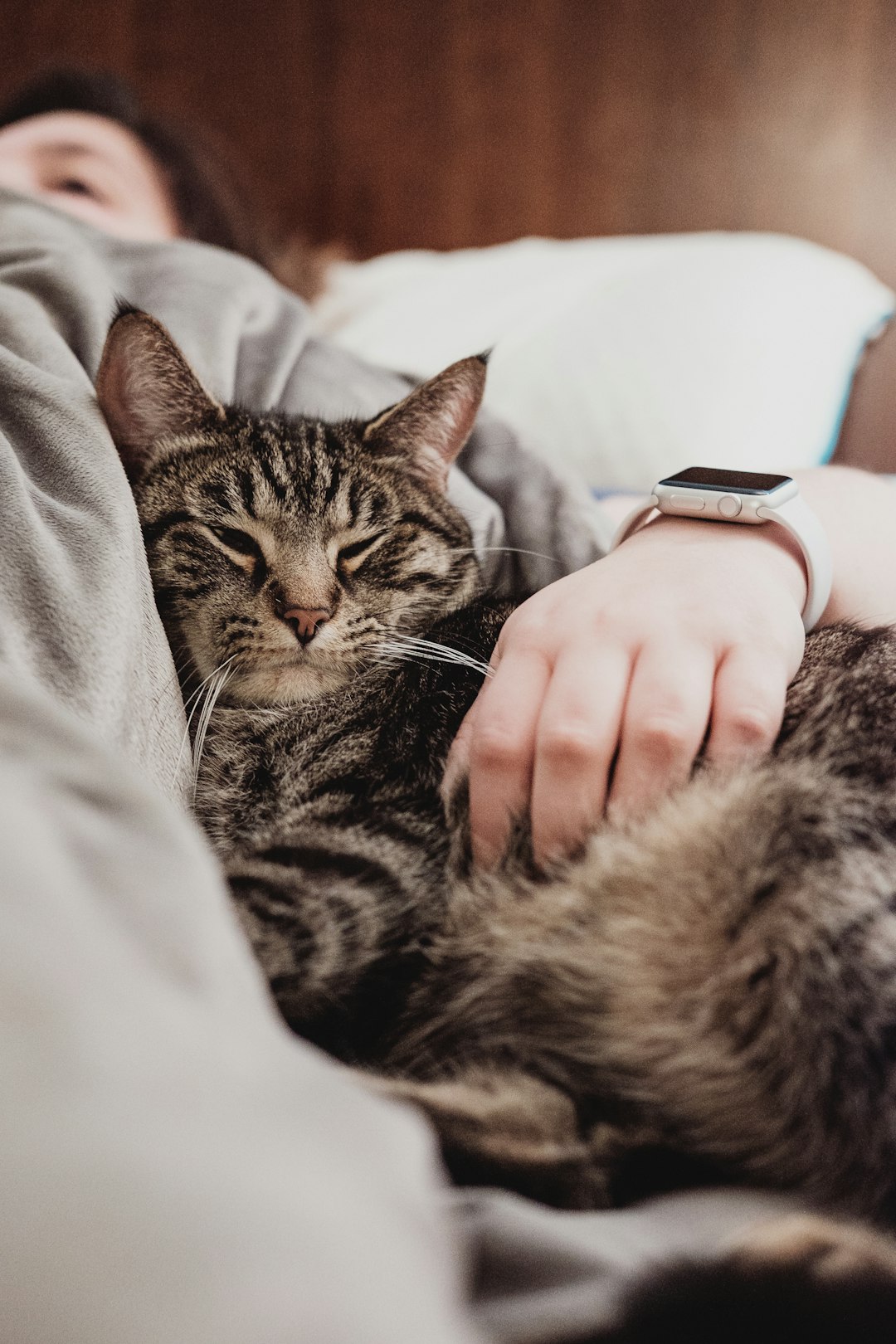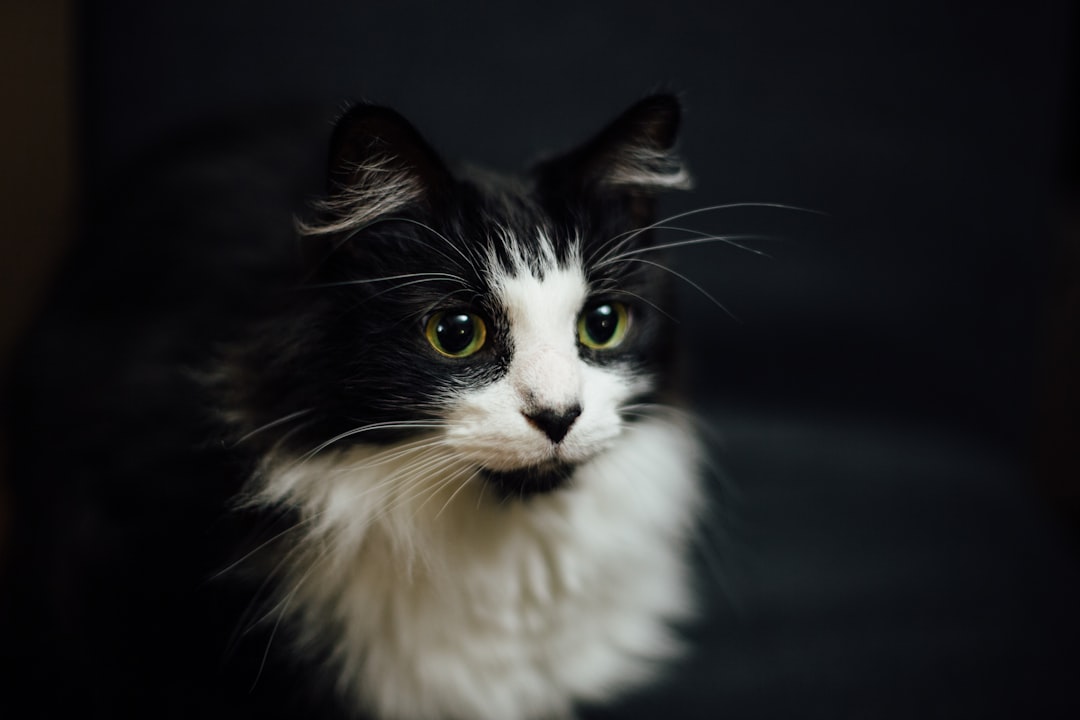Feline vision is a fascinating topic that captivates many pet owners. While humans experience a vibrant spectrum of colors, the question remains: what colors can cats see? Understanding the unique anatomy of a cat’s eye reveals how they perceive their world differently. Surprisingly, cats possess a higher concentration of rods, which enhances their night vision, but limits their ability to differentiate colors. By exploring the intricacies of feline vision, we can better appreciate our cats’ experiences and even cater to their visual preferences in everyday life.
Understanding Feline Vision
Feline vision is a fascinating topic that reveals how cats perceive the world differently than humans. While we enjoy a broad spectrum of colors, understanding what colors can cats see requires a closer look at their unique eyesight features.
Key Points about Feline Vision:
Rods and Cones: Cats have a higher number of rod cells, enabling them to see well in low light. However, they have fewer cone cells, which are responsible for color vision.
Color Spectrum: Unlike humans, who can see a range of colors, cats primarily recognize blues and yellows. They struggle with reds and greens, much like a person with red-green color blindness.
Night Vision: Cats excel in low-light conditions, allowing them to hunt effectively at dawn and dusk. Their eyes contain a reflective layer called the tapetum lucidum, enhancing their night vision.
Motion Detection: Cats possess an acute ability to detect motion, which is crucial for their predatory instincts. This makes them excellent hunters.
In summary, when exploring what colors can cats see, it’s clear that while their color perception is limited, their vision compensates with sensitivity to movement and light conditions.

The Anatomy of a Cat’s Eye
Understanding the anatomy of a cat’s eye provides insights into what colors can cats see. Cats’ eyes differ significantly from human eyes, which impacts their color perception and overall vision. Here are key anatomical features of a cat’s eye:
Retina Composition
- Cats have a higher concentration of rods than cones, allowing them to see well in low light but limiting their ability to detect a wide range of colors.
Tapetum Lucidum
- This unique layer reflects light back through the retina, enhancing night vision. It does not influence color perception but amplifies overall brightness.
Pupil Size
- Cats possess large, adjustable pupils that can open wide to gather more light in dark conditions, aiding in their nocturnal hunting.
Field of View
- With a wider field of view compared to humans, cats can perceive movement across a broader area, crucial for spotting prey.
While cats might not see every color as vividly as humans, their eyes are perfectly adapted for their hunting lifestyle. Understanding these features helps us appreciate what colors can cats see and how their vision differs from ours.
How Cats See Colors Compared to Humans
Understanding what colors can cats see requires a closer look at the differences between feline and human vision. While humans possess three types of cone cells sensitive to red, green, and blue light, cats have only two. As a result, their color perception is limited.
Key Differences:
Color Range:
- Humans: Can see a broad spectrum that includes reds, greens, blues, and various combinations.
- Cats: Primarily perceive shades of blue and yellow. Reds and pinks may look more like shades of gray or brown to them.
Vision Chart:
| Color | Humans (Cone Sensitivity) | Cats (Cone Sensitivity) |
|---|---|---|
| Red | Excellent | Poor |
| Blue | Excellent | Good |
| Green | Good | Moderate |
| Yellow | Good | Good |
Conclusion
Overall, cats perceive what colors can cats see differently than humans do. By focusing on blues and yellows, their vision is adapted for hunting in low-light conditions. Understanding these differences can help cat owners select toys and accessories that are visually appealing to their feline friends.
The Role of Rods and Cones in Vision
To understand what colors can cats see, it’s essential to explore the roles of rods and cones in their eyes. These two types of photoreceptor cells allow cats to detect light and color. Here’s a brief overview:
Rods:
- Responsible for low-light vision.
- Cats possess a higher number of rods (approximately 25 times more than humans).
- This abundance enables them to see well at dawn and dusk.
Cones:
- Enable color perception.
- Cats have fewer cones than humans, limiting their color detection.
- They mainly perceive shades of blue and green, while reds and pinks appear more muted.
Comparison of Color Perception:
| Color | Perception by Humans | Perception by Cats |
|---|---|---|
| Blue | Bright | Bright |
| Green | Bright | Dim and less vibrant |
| Red | Bright | Very dim/grayish |
| Yellow | Bright | Moderate |
In conclusion, while cats have remarkable night vision due to their rod-dominant retinas, their ability to see colors is limited. Understanding what colors can cats see helps cat owners choose the right toys and environments, ensuring stimulated and happy felines.

Common Misconceptions About Cat Vision
When it comes to feline vision, several myths often circulate, leading to confusion about what colors can cats see. Here, we debunk some of the most common misconceptions:
Myth 1: Cats only see in black and white.
Truth: While cats don’t perceive colors as vividly as humans do, they do see a limited spectrum. Research indicates that they can detect shades of blue and green.Myth 2: Cats see the same colors as humans.
Truth: Unlike humans, who have three types of cone cells, cats possess only two. This difference significantly reduces their color perception, making their vision more similar to that of a colorblind person.Myth 3: All cats have identical vision.
Truth: Just like humans, individual differences in vision exist among cats. Eye health, age, and breed can influence how well a cat sees colors.
In summary, understanding the basics of what colors can cats see allows pet owners to cater better to their cats’ needs, ultimately enriching their feline companion’s life.
The Impact of Light on Feline Sight
Light plays a crucial role in a cat’s ability to see and interpret their surroundings. Understanding how light affects feline vision can provide insight into what colors can cats see.
- Cats and Low Light: Cats possess more rod cells in their retinas than humans. This allows them to detect movement and see well in low-light conditions, making them superb nocturnal hunters.
- Color Sensitivity: While cats can see some colors, their ability wanes in dim lighting. They may perceive blues and greens, but colors like red appear muted, leading to the question: what colors can cats see at night?
- Brightness Levels: In bright daylight, cats can struggle with glare due to their unique eye structure. Here’s a simple comparison that highlights this:
| Visibility | Cats | Humans |
|---|---|---|
| Low Light | Excellent | Good |
| Bright Light | Moderate | Excellent |
In essence, light intensity significantly influences a cat’s visual experience, allowing them to thrive in twilight while struggling in harsh light, thus affecting their understanding of what colors can cats see.
Color Preferences in Cats
Understanding what colors can cats see is crucial for choosing the right toys for your feline friend. Research indicates that cats perceive a limited color spectrum compared to humans. Here’s an insight into their preferences:
Colors Cats Prefer:
- Blue: Cats can see shades of blue quite well. This color tends to attract their attention during playtime.
- Green: While not as vibrant as blue, cats can still respond to green hues, especially in nature.
Colors Cats Struggle With:
- Red and Pink: These colors appear grayscale to cats. Avoiding these shades is wise when selecting toys.
- Violet and Purple: These colors do not resonate with a cat’s vision, making them less appealing.
When shopping for toys, opt for vibrant blue and green options. By understanding what colors can cats see, you can provide stimulation and satisfaction that enhances their play experience.

Tips for Choosing Colorful Toys for Cats
When selecting toys for your feline friend, understanding what colors can cats see helps enhance their playtime experience. Here are some tips to keep in mind:
- Opt for Blue and Yellow Toys: Research shows that cats can see shades of blue and yellow more vividly. Therefore, toys in these colors will catch their attention more easily.
- Avoid Red and Green: Cats struggle to see red and green as these colors appear more grayish to them. Instead of these hues, focus on bright alternatives.
- Contrast is Key: Choose toys that feature contrasting colors. For example, a vibrant blue toy against a dark surface will stand out and stimulate your cat’s curiosity.
- Textures Matter: Incorporate different textures to engage your cat further. Rough, plush, or crinkly materials can add to the excitement.
- Hide-and-Seek Appeal: Consider toys that blend in with surroundings but have bright spots, offering an element of surprise during play.
By prioritizing colors that resonate with feline vision, you’ll not only encourage play but also contribute to your cat’s mental and physical well-being.
Frequently Asked Questions
What colors can cats actually see?
Cats have a limited color spectrum compared to humans. While humans can see a wide range of colors due to three types of cone photoreceptors, cats primarily have two types, allowing them to see shades of blue and green more vividly. They potentially perceive some reds and pinks, but these colors may appear more greenish to them. Essentially, their vision resembles that of a color-blind human, with an inclination towards blue and yellow hues.
How does feline vision differ from human vision?
Feline vision is notably different from human vision in several ways. Firstly, cats have a higher number of rod cells in their retinas, which enhances their ability to see in low light conditions, making them excellent night hunters. Moreover, cats possess a reflective layer behind the retina called the tapetum lucidum, which increases their sensitivity to light. However, they have less acute color vision and depth perception compared to humans, particularly in distinguishing reds and greens.
Do cats have better night vision than humans?
Yes, cats have significantly better night vision compared to humans. Their eyes contain a higher ratio of rod cells, which are specialized for detecting light and movement in dim conditions. This allows them to see in light conditions that are six to eight times lower than what is required for human vision. Additionally, the tapetum lucidum reflects light that passes through the retina, further improving their ability to see in the dark, making them adept nocturnal hunters.
Can a cat’s vision affect its behavior?
Absolutely, a cat’s vision plays a critical role in its behavior. Their enhanced night vision enables them to be more active during dusk and dawn, times when their prey is also most active. Additionally, their ability to perceive motion well allows them to react quickly to potential threats or opportunities for hunting. However, their limited color perception might affect their interaction with toys and their environment, as they might not be attracted to certain colors as humans are.



